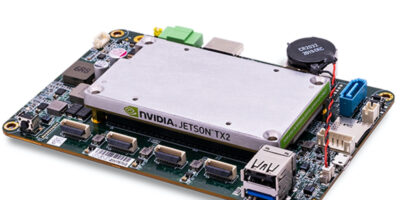To accelerate development time for mission-critical products destined for the automated factory, robotics and medical devices, technical systems integrator and embedded system reseller, Direct Insight, has developed a board support package
which enables the use of QNX 7 operating system (OS) with Boundary Devices’ Nitrogen 8M board.
The Nitrogen M8 is an Arm-based single board computer (SBC) based on NXP’s i.MX8M Mini Quad processor. The SBC has been designed for mass production with a guaranteed 10 year lifespan, FCC pre-scan results, and a stable supply chain. They operate in the industrial temperature range and conformally-coated versions are optionally available. Additionally, they can be customised for cost optimisation and industrialisation.
The QNX OS is suitable for real time, safety critical applications.
Direct Insight’s managing director, David Pashley, said: “Our BSP for Boundary Devices’ Nitrogen 8M SBC contains all the basic features required to run the QNX OS on the board. . . . Direct Insight enables development teams to access a wide variety of off-the-shelf products for their application, allowing them to focus on their differentiating core skills to deliver excellent products.”
The board support package created by Direct Insight is available to download in binary form, subject to license agreement, for evaluation purposes. It is also available as source code under a per-project license.
Founded in 1992, UK-based technical systems integrator and reseller of system-on-module (SoM) and other embedded systems, Direct Insight has helped hundreds of development teams to upgrade to the latest SoC, FPGA and OS technology. It supports customers choosing the right off-the-shelf hardware, software and tools, by providing the required support and services to fill the gaps.
Key partners include OS supplier, QNX, embedded module designer and manufacturer, Ka-Ro Electronics and Taiwanese SBC maker, DFI.







